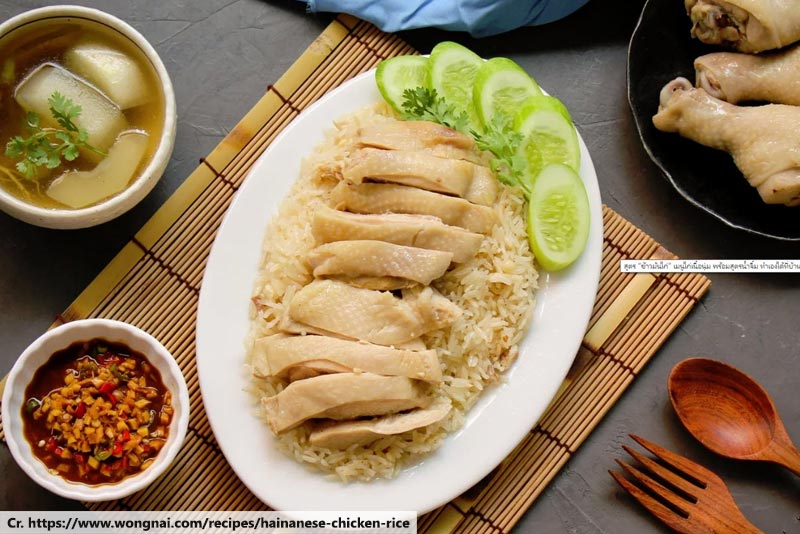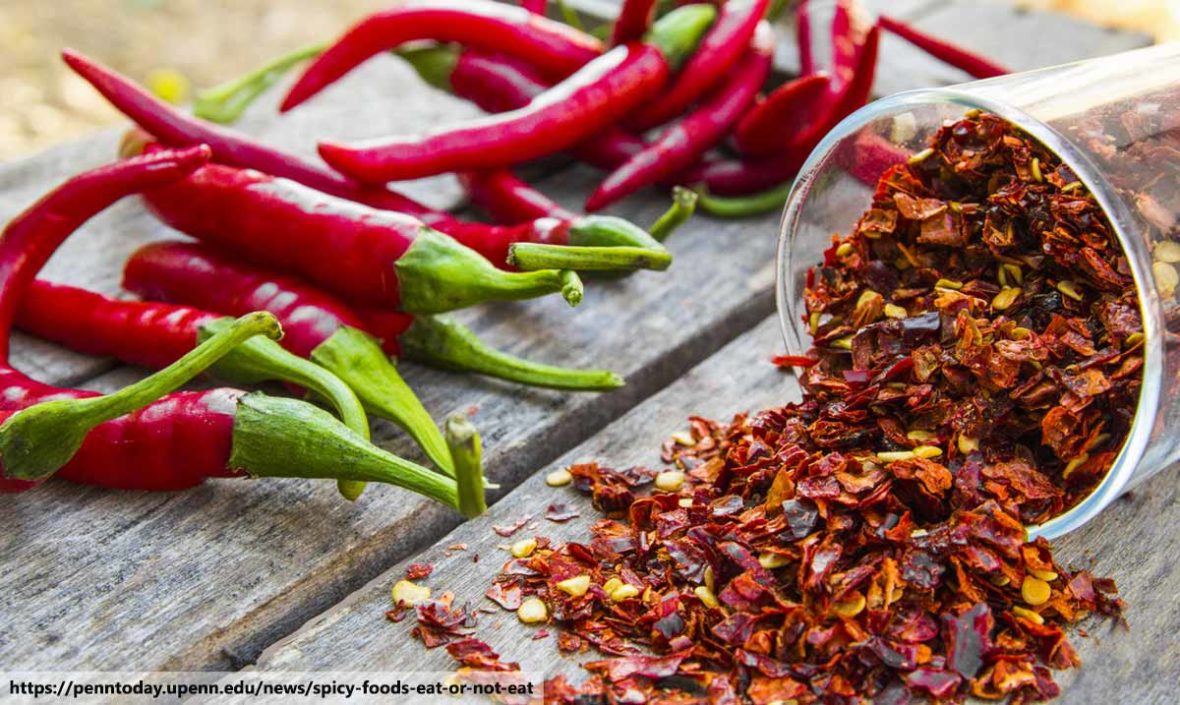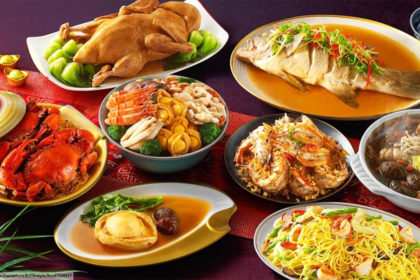Thai food is spicy – everyone knows that, right? The Thai food Phuket is famous for is particularly so, with the star dish being tom yam gung – spicy soup with shrimps. But what if you don’t like spicy food? What if you’re particularly averse to chillies? Will you have to avoid Phuket Thai restaurants and seek out the nearest fast food outlets?
Fortunately, no. You just need to know a few useful phrases in Thai and look out for a few safe dishes so that you can still enjoy the vibrant and unique flavours of Thai cuisine without melting your tonsils.
Safe Thai Food
There are a number of very tasty and very mild dishes you could order if you still want to get those famous Thai food flavours without the equally famous Thai food spiciness. We’ve covered some of them in a previous post, if you want to learn more about some of them. Others missing from that list include pad phak (stir-fried vegetables), kai jeow (Thai omelette) and khao man gai (chicken rice).

If you’re in a market and want to try some local Thai food, one of the best mild dishes you can order is noodle soup (kuay teaw). It’s extremely popular throughout the country, but it’s quite a complex dish to order since there’s a lot of variety and customisation available. You can have noodles with or without soup, choosing from up to seven varieties of noodles, with different meats and other bits to add flavour and bite. That’s a topic for another article, though.
Helpful Phrases
The simplest and most widely known Thai phrase for ordering food without spice is “mai ped” – literally ‘not spicy’. Generally speaking, this will have the desired effect – the food will come significantly less spicy that it ordinarily would be. Particularly in Phuket Thai restaurants in hotels, you’ll almost certainly end up with a dish which still has a robust flavour, but without the sweat-inducing aftertaste.

However, if you’re ordering from a local restaurant, you might have to be a little more emphatic. Local people are so used to having spicy meals that their idea of “not spicy” might not be the same as yours. As a back-up, consider using “pae prik”, which means “allergic to chillies”. If the chef is worried that you might go into anaphylactic shock in his restaurant, he’s more likely to take your demand for spiceless food more seriously.
What to Avoid
You can save yourself some concern by knowing a few warning signs to look out for. Generally, anything with “yum” in the name should be avoided. This is the word for the sour, salty and spicy flavour associated with the famous spicy soup – tom yum. Similarly, it’s best to avoid the curries section of the menu. You might think that the salads page would be a haven of non-spicy Thai food, but remember that the most famous Thai salad is somtam – the very spicy papaya salad. The best bit of the menu to stick to is the stir-fry section. Anything with “phad” in the name will usually be safe (though there are exceptions).




